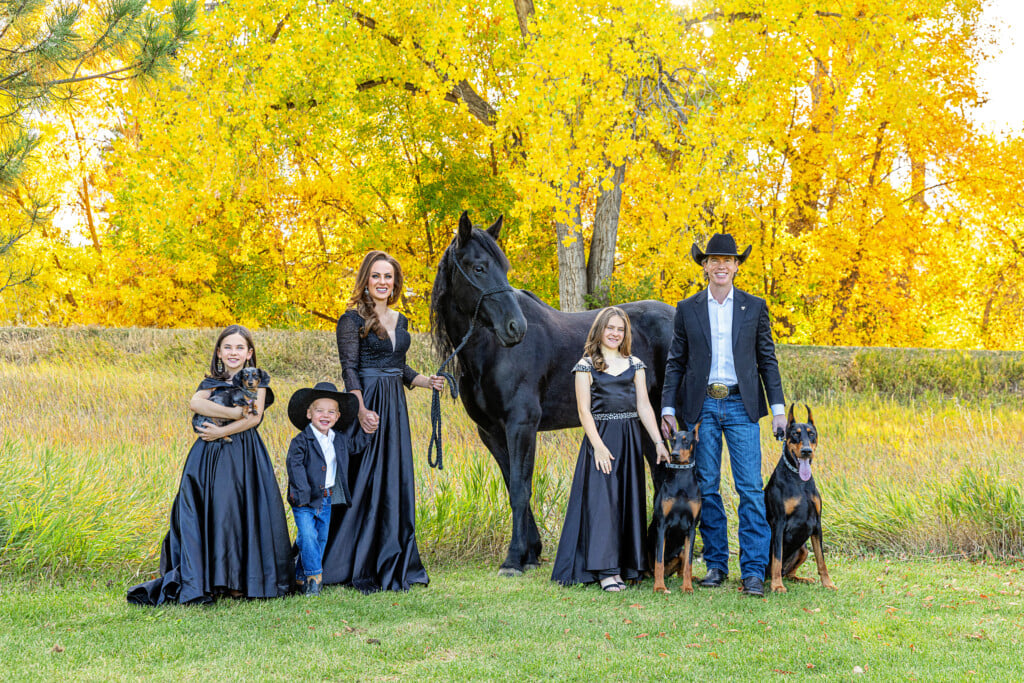Wild Animals Find Sanctuary In The Grasslands Of Colorado
The Wild Animal Sanctuary is a safe haven to over 500 large carnivores saved from abusive and illegal situations
On 1,214 acres of rural land in eastern Colorado, near Keenesburg, The Wild Animal Sanctuary is home to more than 500 large carnivores roaming the rolling grasslands with the picturesque Rocky Mountains in the distance.
Established in 1980, TWAS is the oldest and largest nonprofit carnivore sanctuary in the world. The state and federally-licensed zoological facility provides a safe haven for wild animals saved from abusive or illegal situations or that were abandoned and left to die. Residents include tigers, African lions, black bears, grizzly bears, mountain lions, leopards, wolves, hyenas, African servals, bobcats, foxes, lynx, coyotes, coatis, kangaroos and wallabies, raccoons, ostriches and emus, camels, alpacas, yaks, horses and donkeys, as well as rescued dogs and cats.
“Most of our animals were the pets of private citizens but were confiscated by law enforcement officials for being in illegal or abusive situations,” says Austin Hill, public relations director at TWAS. “Others were surplus animals from zoos and other wildlife facilities that were facing euthanasia due to over-breeding, overcrowding or closure due to inadequate finances. We are basically the only hope for these animals.”
Pat Craig, the founder of TWAS, didn’t start out wanting to rescue carnivores. In fact, he was aiming to get a degree in business when a friend who worked at a zoo invited him to a behind-the-scenes tour of the facility. He learned about surplus animals, along with the private ownership of exotic carnivores around the globe, and was so moved that he started thinking of ways to rescue these captivity-born carnivores with nowhere else to go.
That same goal is reflected in today’s mission: to give these animals a life of dignity and respect. The wide-open space of the large-acreage habitats at TWAS offers plenty of freedom. The animals are given exceptional diets and proper veterinary care for as long as they live.
“Our facilities are some of the most state-of-the-art in the nation, with more than 120 species-specific habitats ranging greatly in size,” says Hill. “They offer unprecedented freedom and more natural living spaces, and all of our large-acreage habitats have unique underground dens that are spacious, comfortable and maintain a constant temperature of about 60 degrees all year long.”
The Education Center at the Keenesburg location offers numerous videos about the rescued animals and the captive wildlife crisis, along with showing how habitats and shelters are constructed, how the animals are fed, and so much more. During the months when the bears are active, approximately 100,000 pounds of food are processed each week; when the bears are in hibernation, that decreases to about 60,000 pounds weekly for all the carnivores.
Beyond TWAS, Craig has expanded his ability to help animals in need with The Wild Animal Refuge (TWAR)—a 9,752-acre property in southern Colorado near Spring-field. This facility, which is not open to the public, hosts rescued animals in amazingly natural habitats that range from 5 acres to 300 acres.
Additionally, Craig has extended his organization outside of Colorado. The Wild Animal Sanctuary-Texas (TWAS-Texas) is a 41-acre property that is home to 70-plus lions, tigers, bears, wolves and other rescued captive wildlife. This facility also is not open to the public and features numerous 3 to 5-acre natural habitats.
The Wild Animal Sanctuary’s newest addition, The Wild Horse Refuge (TWHR) in Craig, was acquired in early January 2023 and offers 22,450 acres created entirely for rescued wild mustangs that were taken from BLM Herd Management Areas within Colorado. The horses living on this special property are now protected and have regained the freedom and independence they had prior to government interference.
“The Wild Animal Sanctuary is entirely a 501(c)(3) nonprofit organization, and every aspect of funding is provided by donations from supporters all over the world— from one-time donations, pledges, estate planning, and even through social media,” says Hill. “Our goal is to continue rescuing animals in need from all around the globe and to continue providing them with world-class new homes . . . and to widen the education on the captive wildlife crisis to hopefully build toward a time where sanctuaries are not needed.”
There are many ways to help support these goals, such as the Summer Safari Dinners, which are hosted May through September at TWAS. Guests can talk with sanctuary staff, enjoy a sumptuous catered dinner, and witness the lions and bears in their natural element—a truly unique experience.











